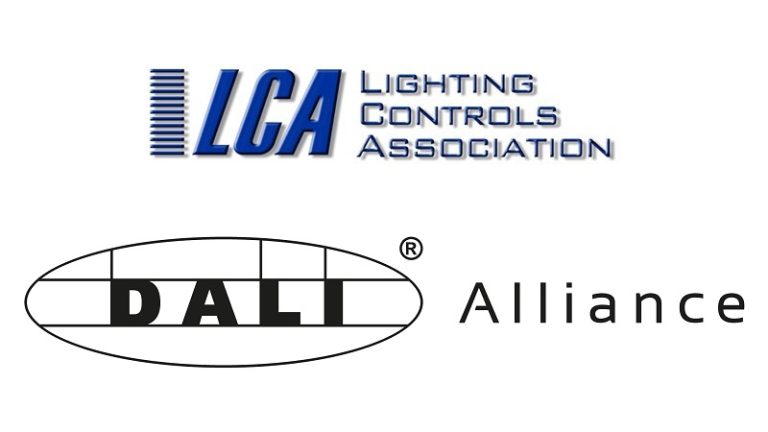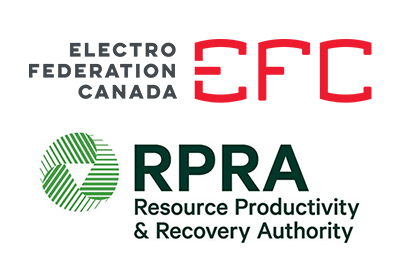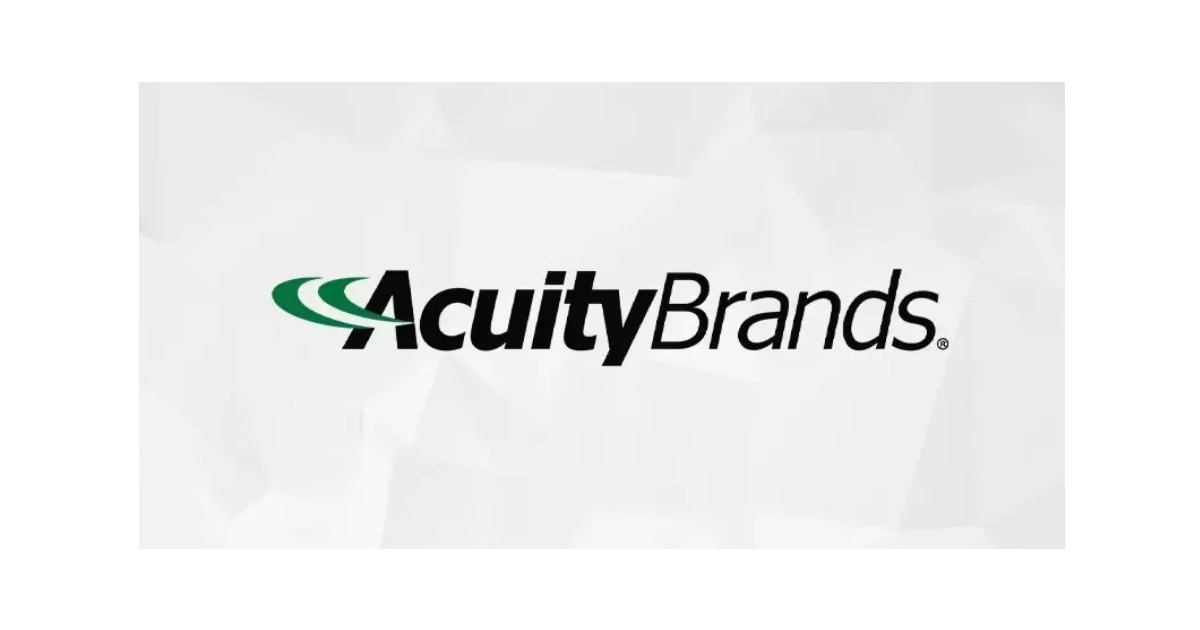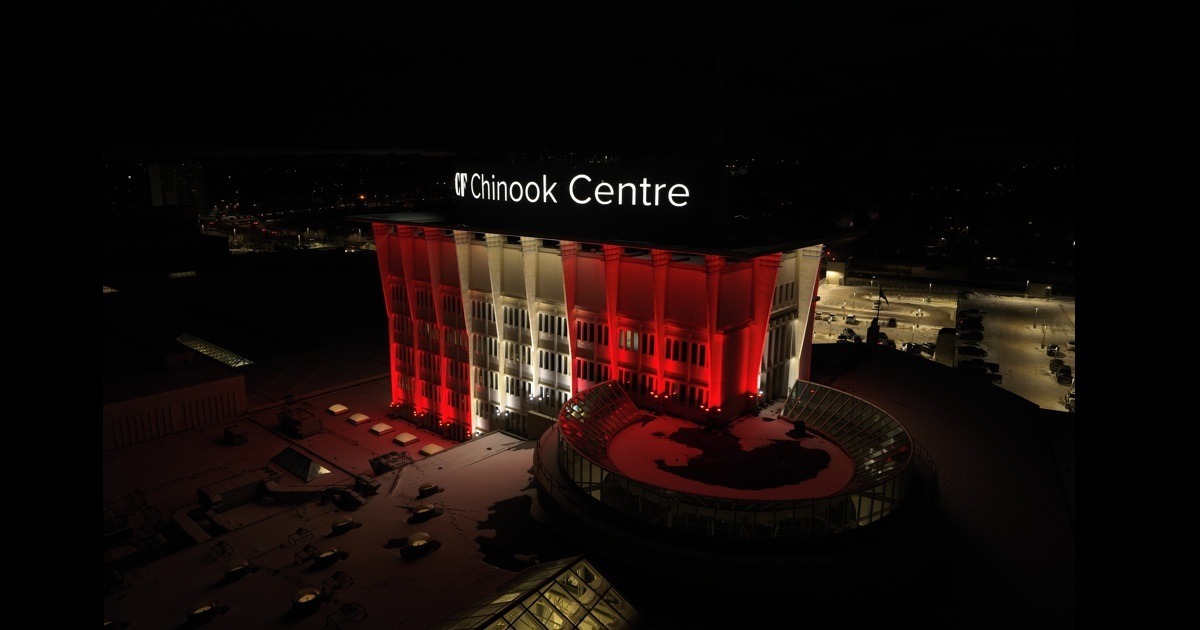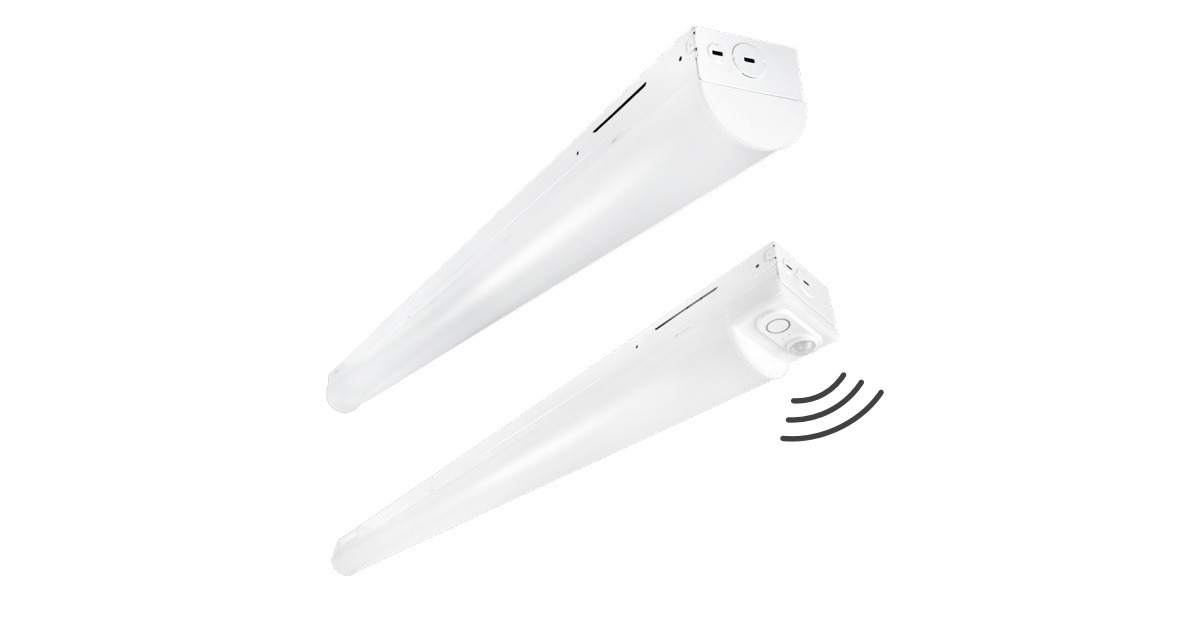Adam Chaffey of LED Roadway Lighting Discusses his Career and the Importance of Staying Ahead of a Rapidly Changing Industry
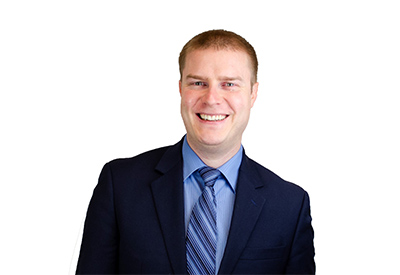
July 25, 2019
By Blake Marchand
Manager of Technical Services for LED Roadway Lighting, Adam Chaffey is an eleven-year industry professional who began with the company as it was just getting off the ground. After getting his Bachelor of Science in Astrophysics from St. Mary’s University, Adam attended Dalhousie University for his Masters in Physics. Following his schooling, Chaffey began with LED Roadway Lighting in 2008 and had a hand in designing and developing some of their first products.
Chaffey explained that one of the things that makes LED Roadway Lighting unique is that they approach things from an electronics perspective rather than strictly as a lighting manufacturer. When the company was first established, they had people coming from automotive design, aerospace and satellite electronics, and the company itself began as an electronics manufacturer. Those different perspectives were put towards the initial goal of the company, which was to create an LED streetlight that would last at least 20-years.
At the time, Chaffey explained, LED technology was still developing and the mechanical and electronics aspects still needed work, “so that was the first goal, to develop a LED streetlight luminaire that could live and last for 20-years in an outdoor environment, which at that time was un-heard of.”
As Chaffey discusses below, the lighting industry has changed rapidly throughout the past ten-years, and LED Roadway Lighting has adjusted their focus as the market has evolved, recognizing the trends in lighting control and connectivity.
Adam began with the company in a research and development role, “I spent over 4-years in R&D, actually doing optical design,” he said, adding that his work with the company has earned him two patents.
In his current role as Manager of Technical Services, Chaffey helps prepare products for the market, “I’m basically interfacing between our sales teams and our R&D product development side of the business,” he explained, “I work with customer specs and market approvals, and get all the compliance documentation together, so working with different customers in different regions is interesting.”
“A piece of what I do, that actually began over 10-years ago when I started with the company, is to manage a lot of our testing and compliance activities, so I still spend a bit of my time doing that for both foreign and domestic markets,” he said, “everything from safety and quality, regulatory type testing, down to performance testing and any specific niche testing required for particular markets.”
Chaffey is also involved with industry organizations like ANSI (American National Standards Institute) and the IES (Illuminating Engineering Society).
“The interesting thing that I find is the ANSI committee will develop a document or standard and you’ll see it come up in a street lighting specification in small town Nova Scotia or Newfoundland or in Australia, New Zealand or South America, it’s all over the world. The reach of that group is really incredible and pretty unique in the industry.”
Chaffey’s IES involvement includes work with the conference committee of the annual Street and Area Lighting Conference (SALC). With this group, he has served in several roles including as the Vice-Chair and Chair of the Education Subcommittee, and as well as participation on the planning subcommittee. This year, Chaffey is Chair of the Planning Subcommitte for the 2019 SALC.
“We organize everything for the conference- the social activities, the exhibit hall for vendors to come and showcase products, as well as the classes for those looking for additional training. But the main thing we do is select the program. We do a call for speakers, and then we organize two-and-a-half days of technical sessions for the conference, which we feel best represents the snapshot of what’s happening in the industry,” he explained.
“We try to get as many different perspectives or touch on a lot of the key topics that are happening in the industry at the time. It’s always a great event and it’s always a very exciting place to be. It’s probably the most prominent event for our particular market, even bigger than Lightfair, specifically because it’s so focused on street and area.”
Why did you initially decide to get involved with ANSI and the regulatory side of the industry?
“Well ANSI is really interesting, as I mentioned,” Chaffey noted, “there’s an opportunity to participate there as a vendor to help to make sure the standards are open to technology, but also to get a better understanding of what’s driving the standards.”
The ANSI group is a consensus-based standards development organization. That means users, manufacturers, test labs and various interest parties all have a say in developing standards, however, ultimately, “It’s really about making sure what that committee produces is going to work for users, whether they’re able to fully participate in the committee, or if they’re participating vicariously through others, or they’re just seeing these new documents coming and getting updated, it’s about those documents going to work for the users who actually buy and use technology.”
Evolution of Technology
Chaffey has been in the industry now for over 10-years, which he admits may not seem long, although given the nature of the lighting industry it’s almost like a lifetime, “given how rapidly things continue to change,” he said, “I would say change is always the challenge, but you can manage that if you plan and you approach things properly.”
“Technology continues to evolve but so too does the customer applications and their expectations, so it’s really interesting that we can have conversations now that 10 years ago we didn’t even dream about. Having things like controllability of lighting and connected lighting, and all sorts of interesting things that 10 years ago we just wanted to make a street light that was going to last for 20 years.”
A lot of the technologies and trends in the industry now were not even part of the vocabulary when Chaffey started with LED Roadway Lighting, the focus being on efficiency and durability.
For example, “the ability to network lights together, the ability to read information from the lights, but also to use the light as a system to notify the general public, using a lighting system to transmit messages, or different applications based off of where people are or what may be happening in the space to enable lighting to be dynamic and not just static, it can be more part of the space and living in the space.”
Chaffey explained that users today want lighting to go to work for them, provide a data and communication function, “whereas 10 years ago the conversation was all about how much energy is going to be saved and how long it’s going to last, well those pieces are still present, but now they’re almost being eclipsed by what else can this light do for me, can I use this to pull in meter data, or tell me about parking space applications, or can I use the light to tell me what my traffic flows are like in the city; real pieces that are now little bit beyond where we were even just a couple of years ago.”
The control and connectivity of lighting can allow municipalities to schedule and dim their lights remotely, improve maintenance efficiency with automatic notifications of outages, provide real time energy consumption data, provide analytics to optimize system performance, as well as facilitate integration of various ‘smart city’ aspects.
Connectivity and Quality
Chaffey sees connectivity in lighting becoming more prominent, “I would say we’re going to see a lot more about, certainly, connected lighting – lighting being more of a dynamic player in the space and less about just delivering lumens on the ground,” he explained, adding, “But we’re also going to see more about lighting quality, I think, in a lot of industry events now we’re hearing this and we’re hearing it more from users. We’ve come a long way to reduce power consumption and to deliver better lighting and longer lasting lighting, but now it might be time to start focusing on things like lighting quality. And historically the standards haven’t really embraced that, the standards and even lighting guidelines in the IES or with the transportation associations are really about providing certain quality of light with a certain uniformity of light, but not really about the users experience in that space or particular aspects of design that we can bring in that aren’t really being awarded by the standard, or encouraged. Historically, standards have been written to decide the quantity of light sitting on the ground, obviously at the lowest cost, and to get there you can’t always have the best or the optimal solution.”
“So, I think we’re definitely going to hear more about lighting quality in the next couple of years, and hopefully we’ll see that reflected in the standards. We’re certainly hearing it being reflected in the customer’s voices, these days.”
Are there any interesting projects you have worked on?
“For me personally it’s been it’s been really interesting to watch the evolution of the market. Specific projects, I think there’s probably a lot, the more interesting ones for me have been some of the more international projects. As a Canadian company we do a lot of our work here domestically and in North America, but we’re very heavily involved in the export market, so also have many projects in the Caribbean, in Australia, New Zealand and in Asia, for example and it’s been some of those more different markets that have presented us with some really interesting projects.”
“One of the more interesting things about this job is pretty well every nation in the world has some policy or regulation about street lighting,” Chaffey explained, essentially every country or governing body are striving toward the same end with respect to their lighting standards and regulations, to provide reliability, quality, and safety, “but in nearly every country and in every market the approach to doing that is different. Some markets have particular standards or lighting requirements, others have requirements on the actual product itself.”
With respect to different regulatory requirements in the various markets you serve, is that something you address as the technology is being developed, or do you tailor your products once a particular project comes to you?
“It certainly starts from the drawing board, we certainly try to build a platform that’s going to give us flexibility to operate in different markets, but at the end of the day sometimes you do need to tailor things, or tailor specific designs. It’s never usually a situation that works if you’re trying to shoehorn something in somewhere it doesn’t really fit. So that’s where a lot of the real interesting part comes, because to interface with the different users in these places you get to understand more about their local conditions or why things are the way they are.”
For Chaffey and LED Roadway Lighting that process of working in other markets and tailoring products to various regulatory needs provides a unique learning experience that can be applied when developing new products or new designs. “It’s all about the users’ perspective,” he reiterated, “and in the development space it’s all about knowing who your customer is, building that relationship and getting a product that’s going to work for them. It’s an end to end process.”
What are some of the things that set LED Roadway Lighting apart from a technical standpoint?
“I touched on it a little bit earlier, we came to the industry as sort of a new player, we didn’t come into the lighting industry as a lighting manufacturer, we came in from an electronics background. That approach, as well as the experience of those getting the ship off the dock was really key to set us on a different path. Our focus is on technology and on longevity, and we’re here to make total solutions.”
“As the market has shifted, so too do the vendors who supply into that market. We started as a street lighting manufacturer to make long-life street lights. We saw in advance the revolution coming about controllability of lights, so we have an entire division now that operates and focuses on the control products side of our business, we manufacture complete lighting systems- luminaires and controllers,” he said, “We see things from many different sides, but we come to market with both controls and lighting, which makes us unique because we can see the challenges that customers face with both sides of those projects. In a lot of cases, it’s the same customer team involved in one decision on controls or a decision on luminaires. It’s really all about enabling solutions that help them achieve the goal for their entire lighting system project.”
As a global company they are focused on developing products that optimal in different environments, which provides them with a broader perspective of trends throughout the various markets across the world. Whether that’s northern Canada, the Caribbean, or Australia or the Middle East, Chaffey noted, “The perspective that we bring to a lot of discussions with customers is certainly an asset for us.”
Is there anything else you would like to add with respect to your experience within the industry?
“When I got started in the industry it was overwhelming, and it still kind of is on a day-to-day, but I would certainly encourage anybody to get out and get involved in the industry, with the IES or with any standard development or group that enables you to network because it certainly gives you an opportunity to meet new people, and to see different perspectives to get a better sense of the industry as a whole. I know for me it’s given me a great opportunity to build some relationships with people that now transcend the day-to-day work, people that I would never have had a chance to meet or spend any time with. But also, the perspective on the industry as a whole has been tremendous. As things continue to evolve and things continue to change, which they will, it’s good to know what is happening at a bigger sense- beyond your own office walls. So, I certainly would encourage people to get out and involved in the industry at large.”
Blake Marchand is an Assistant Editor with Kerrwil Electrical Group

